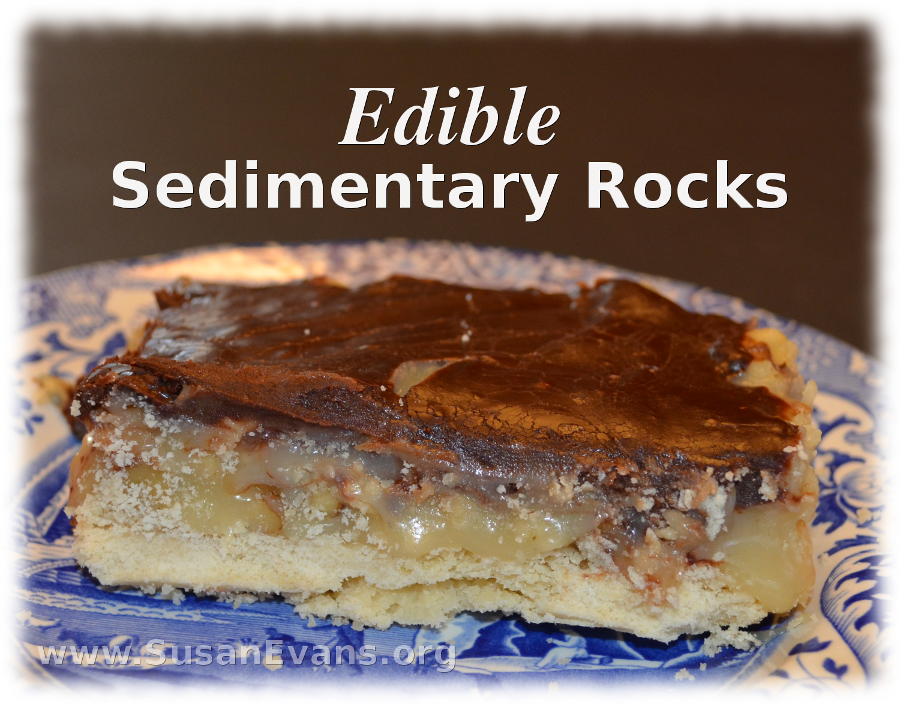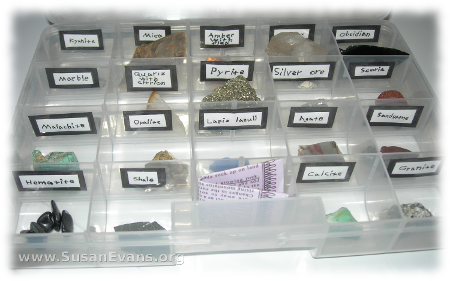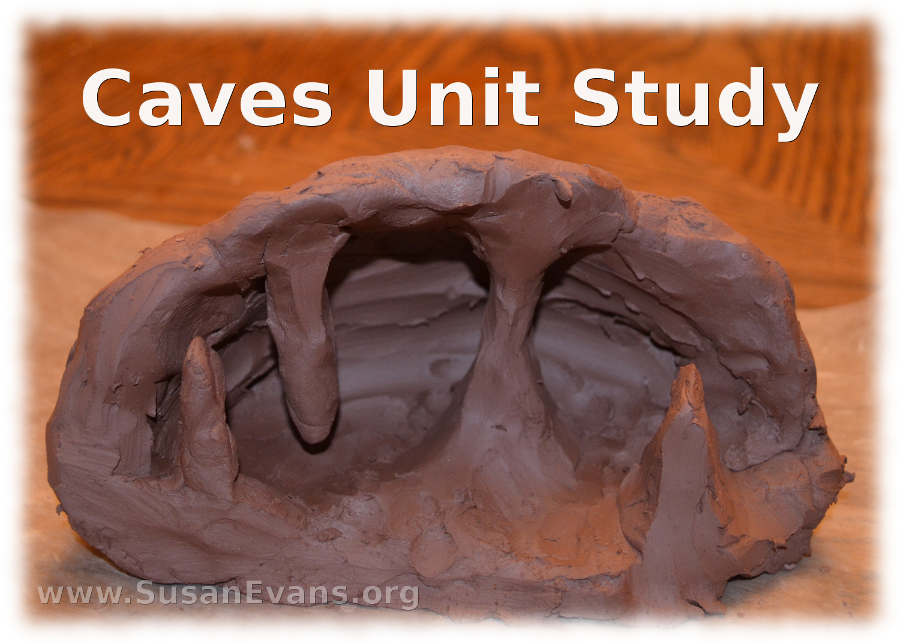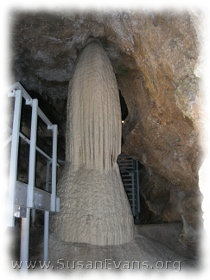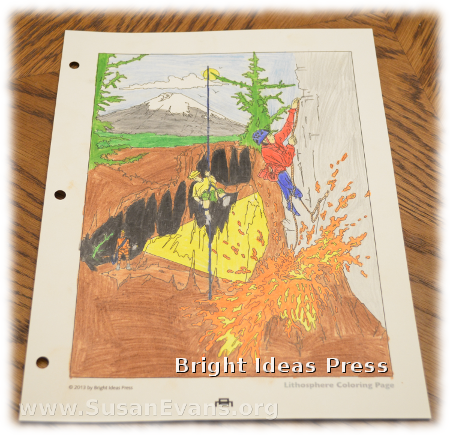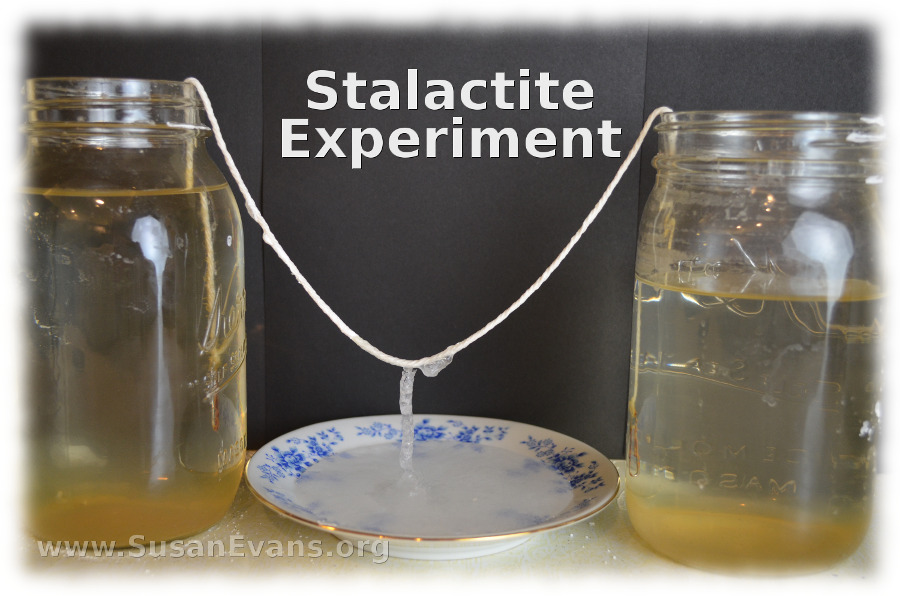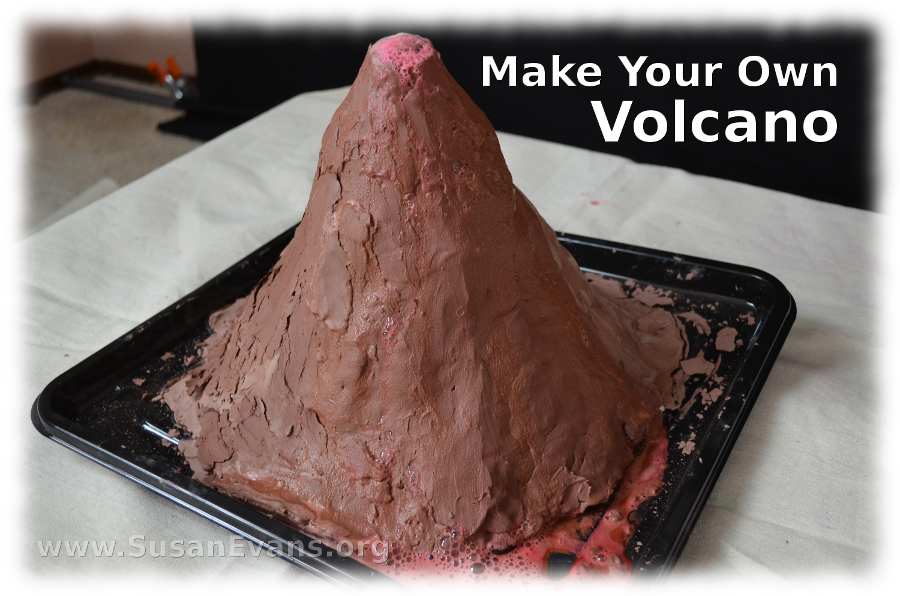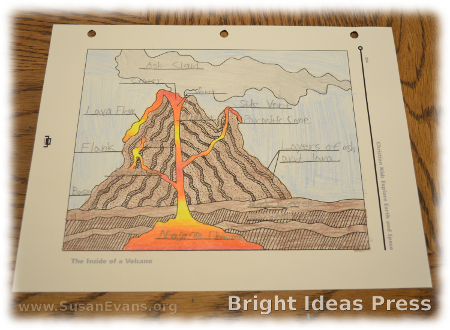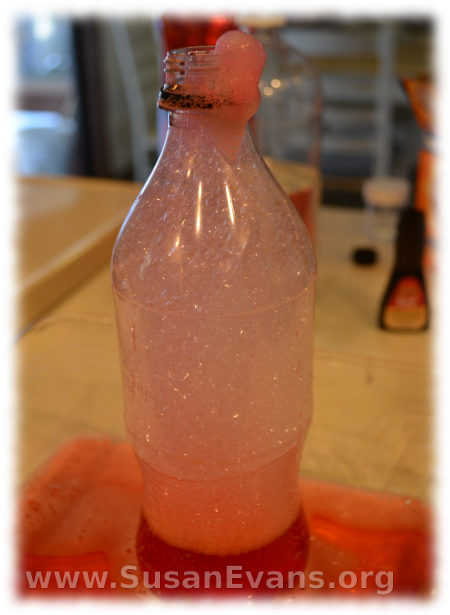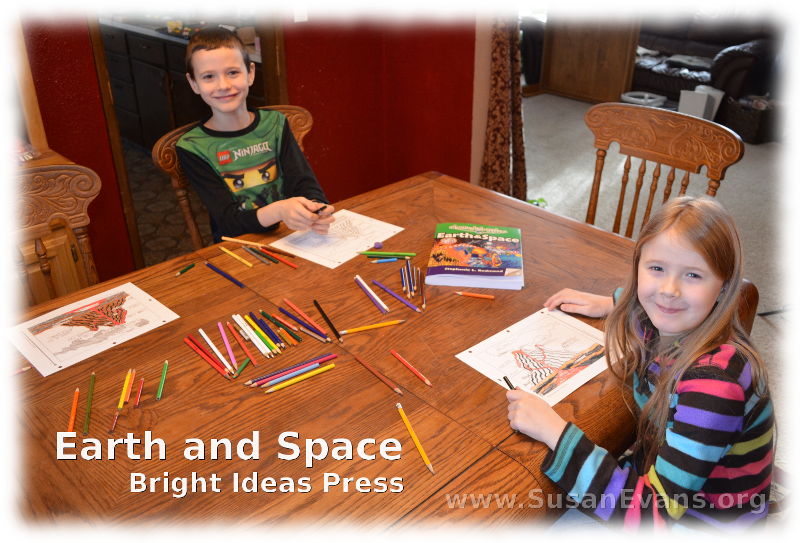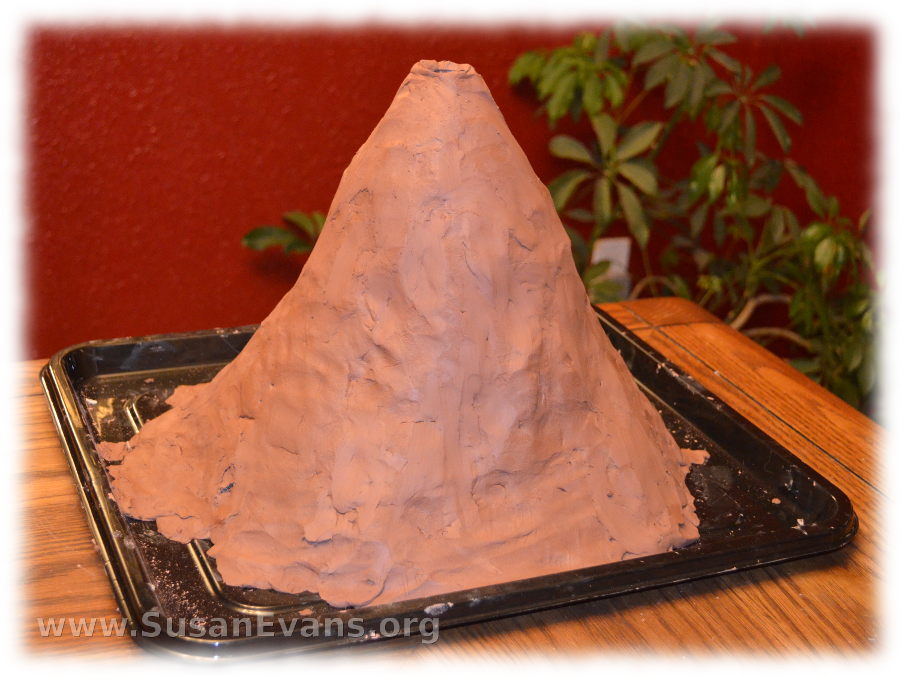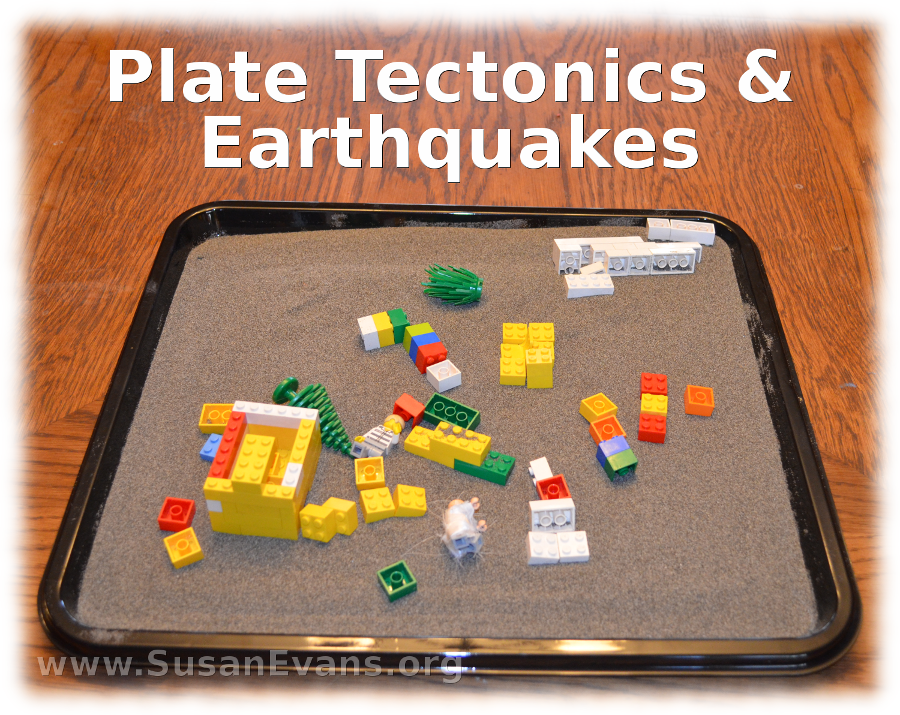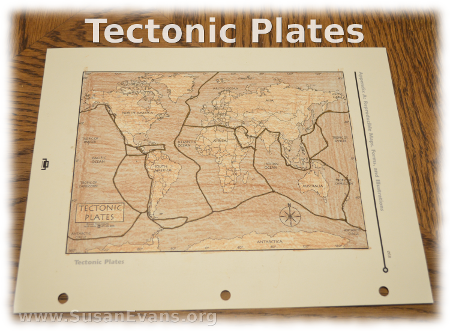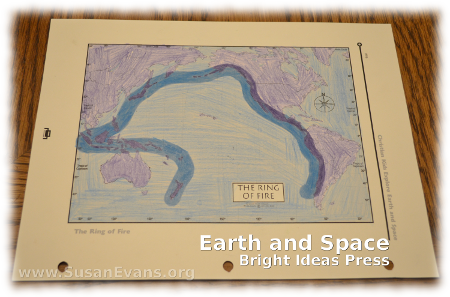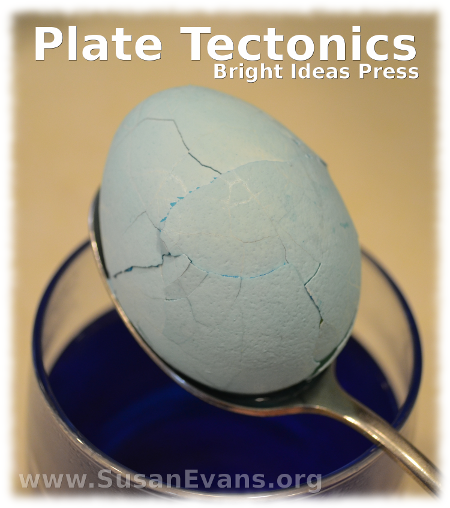This post contains an affiliate link. I was compensated for my work in writing this post.
The highlight of our rocks and minerals study was making delicious edible sedimentary rocks, a layered treat overloaded with sugar. Look away from this page if you are on a diet! My own kids are skin and bone, so this treat put some meat on my kids, and a small-ish slice I ate (okay–fine! I had many small slices!) reminds me of the mud pies in Malibu, California.
We are continuing our homeschooling science posts about Earth and Space by Bright Ideas Press. The recipe for the edible sedimentary rocks comes from this book, and I will give you a video tutorial for how to make this delicious treat at the bottom of this article. If you can’t wait that long, go ahead and scroll down right away to begin your sugar rush.
My kids have collected rocks and minerals for years, and when we studied the different types of rocks, they remembered the differences between igneous, sedimentary, and metamorphic rocks. Take a look at one of our collections, which we have organized in a labeled tackle box:
When you are studying rocks and minerals, you should really go ahead and do some experiments on the rocks, like plopping them into vinegar to watch them fizz. Here is a free PDF from the National Museum of Natural History. Scroll down and print out the last page for your kids. This is a chart. Go ahead and do the different experiments listed in the PDF, and have your kids enter the results into their charts. Place the chart into your Earth and Space notebook.
We have now arrived at our grand finale, our pièce de résistance:
